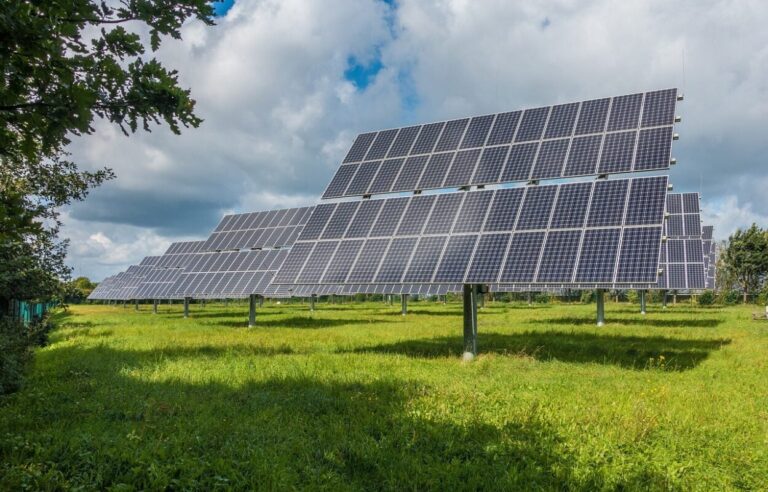Josh Cornes, analyst at Solar Media Market Research, looks at what 2025 could bring for the solar industry.
Britain is expected to add between 3 and 3.5 GWp-dc of capacity by 2025, just below the huge numbers of 2015 and the huge growth in 2024.
The UK added around 2.3 GWp-dc in 2024, exceeding initial expectations thanks to a boost in land-based projects towards the end of the year. This represents a growth of approximately 20% compared to the 1.9 GW added in 2023.
About 20% of the 2.3 GW deployed in 2024 came from residential rooftop installations, continuing the momentum in this sector first highlighted by the nearly 200% year-on-year increase (on annual basis) between 2022 and 2023. Commercial roofs also contributed 20%. of installations in 2024 with a slight increase of 10% year-on-year.
Large-scale ground installations saw the greatest growth in 2024 and represented 60% of annual capacity. This revival continues to be driven by Contracts for Difference (CfD) projects, with rounds AR4 and AR5, and even AR6, accounting for almost 850 MW of the 1.3 GW being added.
AR4 has now exceeded its operational capacity of 900 MW, with a further 950 MW under construction. The above underlines the importance of government support and the potential the market has if CfD rounds continue to grow.
The annual deployment of solar energy in the UK is shown in the figure below, which dates back to the ‘take-off’ of the UK solar industry in 2010. The graph below highlights the 2014-2016 boom alongside the continued increase of deployment since the stimulus measures were phased out in 2019.
Figure 1: Solar energy continues to grow year-on-year since 2018, with 2024 set to be the third best year since solar energy ‘took off’ in Britain in 2010.
As previously mentioned, a major reason for the strong 2024 was the end of the year, with almost 500 MW completed in the last three or four months. There is also a continued focus on larger-scale projects, with more than 60% of the built-up capacity being projects larger than 50 MWp. To put into context, projects larger than 50 MW made up 25% of capacity built in 2022 and 35% in 2023.
The prospects for this year are very positive, with ground installation continuing to lead the way. With almost 4GWp DC currently under construction in the UK, it is possible that much of this will be completed within the next twelve months.
One project is the well-known Nationally Important Infrastructure Project (NSIP) Cleve Hill, which is nearing completion and expected to go live in the coming months. This project alone will reach a similar level to the capacity we saw installed in the first six months of 2024. Taking all this into account, ground-mounted solar projects have the potential to reach somewhere between 2 and 2.5 GW by 2025.
It is expected that commercial rooftops will continue to grow and reach the 500 MW mark of installations for the year. NESO recently announced the removal of certain parameters, described here, required for large-scale rooftop projects with a capacity of more than 1 MW, raising the threshold to 5 MW, a welcome change that represents a huge opportunity for this market in the future.
Residential deployment has calmed down in 2024 after the surprise jump in 2023, but is still higher than in 2022 and expected to remain stable.
The focus remains on ground-mounted solar projects in Britain, with large-scale projects now accounting for well over half of the capacity built annually. The NSIP era has begun in earnest: the first project of more than 200 MW will soon be completed and another six approved, pending construction.
All data and analysis shown above are from Solar Media Market Research analysis, which can be accessed here.


